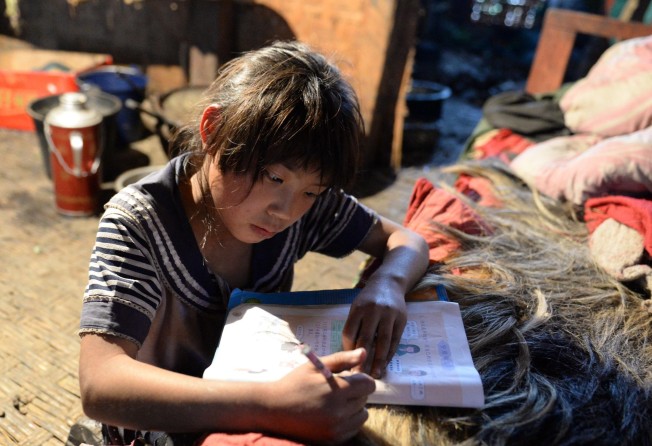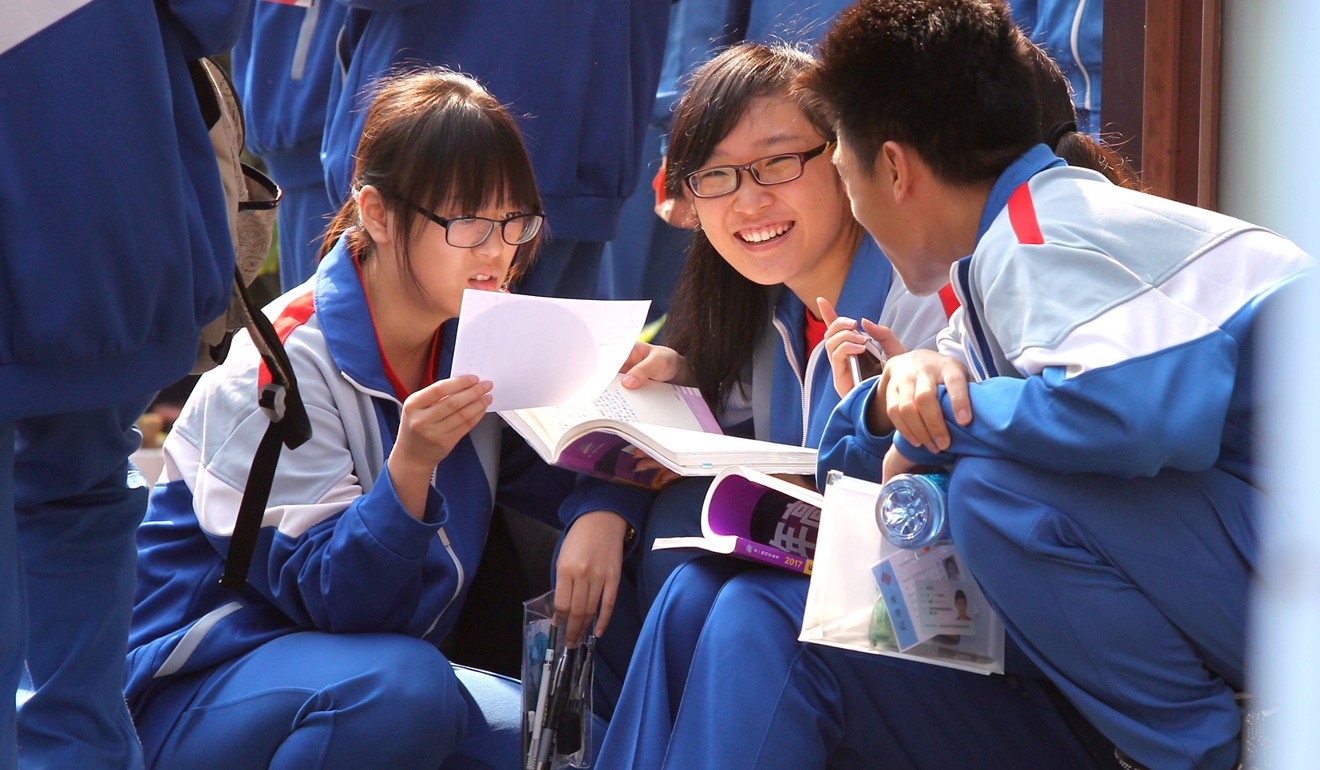
‘China’s biggest problem’ – huge numbers dropping out of school
The scale of youngsters in rural areas failing to complete a high school education may hamper efforts to create a more skilled workforce and modernise economy, experts say

Every day after lunch, Qu Yexiu used to potter around her house in northern China doing housework and looking after her two-year-old grandson.
Now, every day at the same time, the pair visit the newly opened early-childhood development centre in their village of Huangchuan in the mountains of Shaanxi province where he can play with other toddlers.
“Things are better now that we have this village centre,” said Qu, 56. She looks after her two grandchildren while their parents work and live in Anhui province. The other grandchild attends a preschool.
“My grandson has other kids to play with and I can chat to the other grandparents.”
Early-childhood development centres like this may be the answer to one of China’s biggest challenges – reducing the number of children who drop out of school in rural areas.
Children from the countryside, where about half of the population lives, have far lower cognitive and social skills compared to their urban counterparts, setting them on a path of dropping out of school before they can even say their own name.
Poor education was not such a problem for previous generations of Chinese who spent their lives on the farm or in factories, but it could now have far-reaching consequences.
The government wants to push the country up the value chain and develop higher technology industries, so the world’s second-largest economy needs a higher skilled labour force.
“This is the biggest problem that China faces that no one knows about. This is an invisible problem,” said Scott Rozelle, co-director of the Rural Education Action Programme, a research and policy organisation based at Stanford University, which partners with Chinese universities.

China’s National Health and Family Planning Commission is working with economists like Rozelle and his colleagues to provide early childhood development opportunities to babies and toddlers in rural China.
Seventy-six per cent of China’s labour force did not attend high school, based on figures from the country’s last census in 2010, according to an academic paper co-authored by the Asian Development Bank, published last year in the China Quarterly, an academic journal.
The gap between rural and urban China is also large. Only eight per cent of rural Chinese in the labour force in 2010 had attended any high school, compared to 37 per cent of urban Chinese, according to the China Quarterly article. The disposable income of a person living in rural China was 6,562 yuan (US$980) in the first half of 2017, compared to 18,322 yuan for someone in an urban area, according to China’s statistics bureau.
One factor slowing down a toddler’s development is the absence of their parents, education experts say. Millions of rural Chinese parents migrate to cities to live full time because they can earn much more than they could by staying in their home villages.
That is where early development centres in China could help. Under the programme, there are 50 pilot centres in villages and towns in rural China where children from six months to three years old can experience books, play and interact with other children.
The Rural Education Action Programme thinks 300,000 centres are needed across China and the most appropriate entity to head this up would be the government.

Cai said the government has not made a funding commitment, but it has stepped up investment in its youngest citizens in recent years with, among other things, free health checks and immunisations for babies.
Unless China has a significant number of Chinese with “broad experiences and deep knowledge”, China’s economy will struggle to develop.
“The reality is we need smart people if we’re going to be competitive in the 21st century,” said Cai.
There are many reasons for low numbers of students attending high school in China, according to the academic paper published in the China Quarterly.
These include restrictions on population flows because of China’s residency permit system, children who leave school early to work and support their family and poor investment in rural healthcare, according to the paper.
Closing the education gap between urban and rural China will help close the inequality gap, say economists who study education. If the gap is not reduced, it will be more difficult for President Xi Jinping to achieve his goal of eradicating poverty and turning China into a “moderately prosperous society” by 2020.